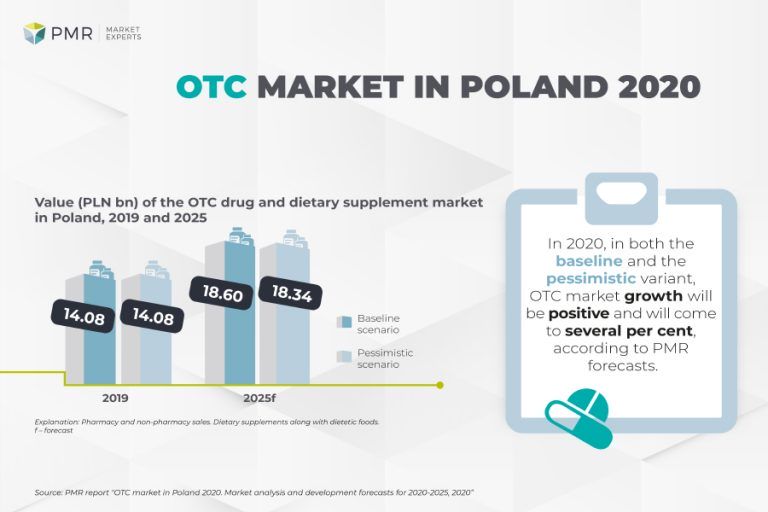Anna Biegajlo for PMR: Are the hospitals prepared for the electronicisation of tenders?

Ten post jest także dostępny w języku:
![]() polski
polski
From 1 January 2021 the obligation to fully electronicise public procurement is to enter into force. – It is difficult to clearly determine whether all hospitals are prepared for it. Undoubtedly, however, the idea itself is important and necessary. It facilitates everyday cooperation of medical entities with their partners, subcontractors. And this translates more and more into efficiency, operational and cost effectiveness, as well as their activities – Anna Biegajlo, Public Procurement Director at ZARYS International Group, said in an interview with PMR.
2018: Great rush before changing the rules
Electronic Public Procurement for tender procedures above the EU threshold was introduced in October 2018. However, the medical device industry faced this challenge only at the turn of 2018 and 2019. – Most procurers announced tender procedures in advance, in order to be ready by 18 October. Some of the contracting authorities accelerated their procedures even by several months. Tenders were announced with a longer deadline for the submission of bids (more than indicated in the Act – a minimum of 35 days), the date of opening the bids was postponed, or the contract with a deadline was declared to start a few months ahead – describes Anna Biegajlo.
Electronisation itself greatly facilitates and speeds up communication between the contracting authority and the contractor. – This is confirmed by the fact that some medical institutions, despite the absence of an obligation to conduct procedures electronically below the EU threshold, choose this form of procedure. These are mostly larger units, performing large contracts with the NFZ – she adds.
Large establishments should not have problems with electronisation
Now the electronicisation of public procurement is to enter into force for all types of tenders. Theoretically, this is to take place from 1 January 2021, but this date is likely to be postponed once again. A few days ago, the National Appeal Council cancelled the selection of the contractor for the construction of the central e-Procurement platform. A consortium of companies from the Greek group European Dynamics won the tender. However, the Council accepted the allegations of the other companies participating in the tender concerning the abnormally low price and failure to meet all conditions for participation in the procedure. Let us recall that in March 2019 The Ministry of Digitisation withdrew from the contract for the e-Procurement platform with DXC Technology. The reason for this were delays of the contractor.
The full scale electronicisation of public procurement should not be a problem for large establishments. This is because such hospitals already operate to some extent in an electronic system. –This will be a problem only for entities which do not execute public procurement above the EU threshold. These are facilities where the staff dealing with public procurement is older (less familiar with electronics, until recently the standard of communication was a fax, which is archaic in business) and less funds are allocated to education in the field of public procurement – explains Director of Public Procurement Zarys International.
E-tenders: miniPortal and commercial platforms can help
The implementation of electronicisation of tenders is certainly not facilitated by the lack of sufficient support from state institutions, such as the Ministry of Digitization or the Public Procurement Office (UZP), which are responsible for implementing the e-Procurement platform. – The current information published on the website of the Public Procurement Office indicates the deadline for the platform to be delivered in Q2 / Q3 2022 – emphasises Anna Biegajlo.
As Director Biegajlo reminds, at the moment there are alternative solutions. For example, it is a miniPortal, a tool for public transport. However, it does not meet all expectations. – It is only a kind of “transmitter” of offers. It can be compared to the Polish Post Office. It is only used for “file exchange”. Additionally, it is burdened with a number of drawbacks, which often cause problems with formal processing of offers – enumerates Anna Biegajlo.
Another solution is commercial platforms, which are technically much better and do not cause so many problems. – However, such solutions are paid with a lump-sum fee for a given time period. This is why very often indebted public institutions cannot afford it. Especially those that carry out only a few tender procedures during the year – she explains.






